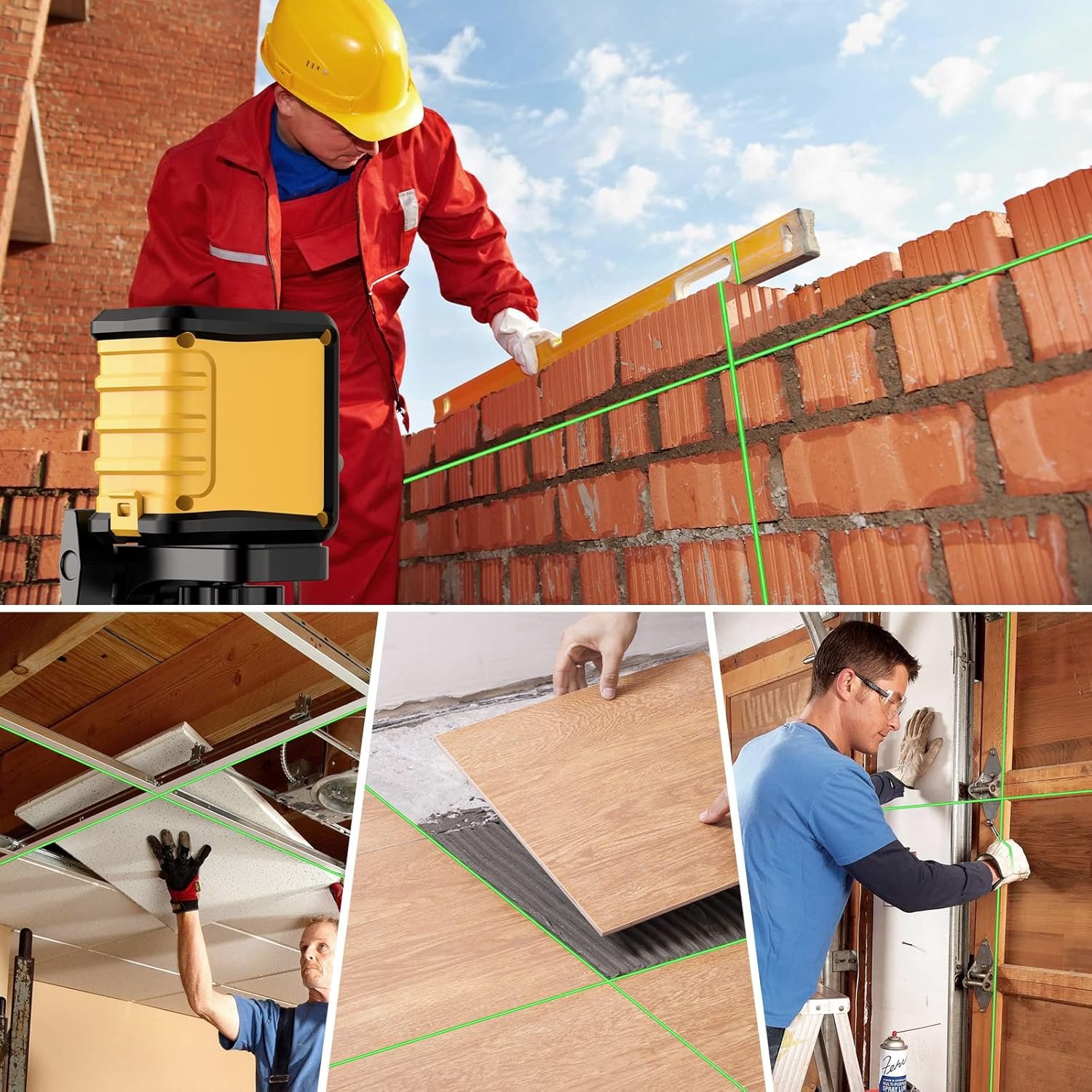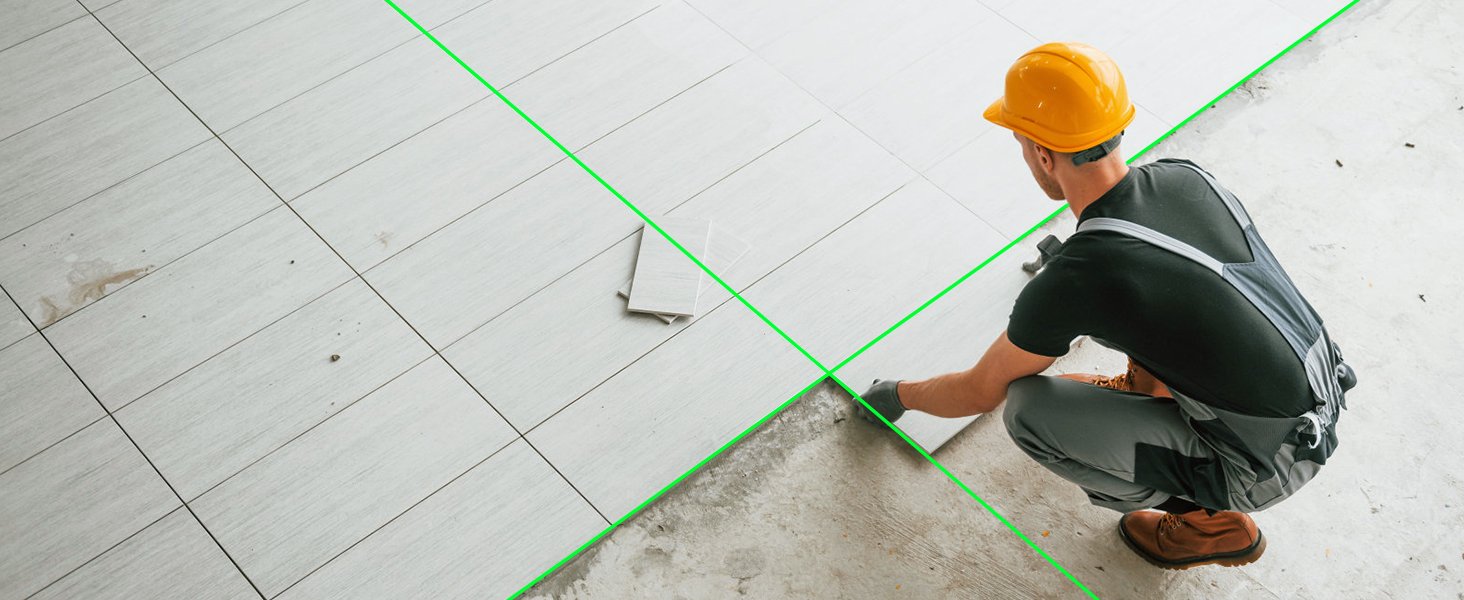Introduction
In today’s fast-paced world, precision and efficiency are paramount in various industries, from construction to interior design. The traditional spirit level, while reliable, is increasingly being replaced by a more advanced and accurate tool: the laser level. As a leading industrial and trading company based in Yucheng, Shangqiu, the renowned “hardware tools capital of China,” Nxtools is at the forefront of this technological shift. With our own modern manufacturing facility, we specialize in the development, production, and sales of high-quality hand tools, including a wide range of laser level tools.
This article will delve into the world of laser level tools, exploring their definition, applications, advantages, and future trends. We’ll also showcase Nxtools’ expertise as a prominent laser level manufacturer. So, the burning question we aim to answer is: Are laser level tools truly the future of precision measurement? Let’s find out.
What are Laser Level Tools?
A laser level tool is a sophisticated instrument that projects a perfectly level line or point using a laser beam. Unlike traditional spirit levels, which rely on a bubble to indicate levelness, laser levels offer greater accuracy, efficiency, and range. They are used to establish horizontal, vertical, or even angled reference lines for a wide variety of tasks.
At its core, a laser level tool consists of several key components:
Laser Diode: The source of the laser beam.
Leveling Mechanism: This can be either manual (requiring manual adjustment) or automatic (self-leveling).
Optics: Lenses and prisms that shape and focus the laser beam.
Housing: The protective enclosure that holds all the components together.
There are several types of laser level tools, each designed for specific applications:
Line Lasers: Project a single, continuous laser line, ideal for tasks like aligning tiles, installing cabinets, or hanging pictures.
Rotary Lasers: Emit a rotating laser beam that creates a 360-degree horizontal or vertical plane, commonly used in construction for leveling foundations or grading land.
Dot Lasers: Project a single laser dot, useful for transferring points or marking locations.
Combination Lasers: Offer a combination of line, dot, and rotary functions, providing versatility for various projects.

Applications of Laser Level Tools
The versatility of laser level tools makes them indispensable in a multitude of applications:
Construction and Building
In construction, laser levels are used for a variety of tasks:
Leveling Foundations: Ensuring a level base for buildings.
Installing Ceilings: Creating perfectly aligned suspended ceilings.
Framing Walls: Building straight and plumb walls.
Grading Land: Preparing land for landscaping or construction.

Interior Design and Renovation
Laser levels are equally valuable in interior design and renovation projects:
Hanging Pictures and Artwork: Ensuring perfectly straight alignment.
Installing Cabinets and Shelves: Creating level and even surfaces.
Aligning Tiles: Achieving precise tile placement in bathrooms and kitchens.
Installing Wallpaper: Ensuring straight and consistent patterns.

Landscaping and Outdoor Projects
From fencing to decking, laser levels offer accuracy and efficiency in outdoor projects:
Grading for Drainage: Ensuring proper water runoff.
Building Fences: Creating straight and level fence lines.
Installing Decks and Patios: Building level and even outdoor living spaces.
Laying Pavers: Ensuring a uniform and level surface.

Other Specialized Applications
Beyond the common applications, laser levels find use in:
Surveying: Measuring distances and elevations.
Mining: Aligning tunnels and shafts.
Manufacturing: Ensuring precise alignment of machinery.
Advantages of Using Laser Level Tools
Compared to traditional spirit levels, laser level tools offer significant advantages:
Increased Accuracy and Precision: Laser levels provide a far more accurate reference than spirit levels, minimizing errors.
Improved Efficiency and Speed: Laser levels allow for faster setup and measurement, saving time and labor.
Ease of Use: Many laser levels are self-leveling and require minimal training to operate.
Reduced Labor Costs: The increased efficiency and accuracy of laser levels can reduce the number of workers required for a task.
Enhanced Safety: Laser levels can be used from a distance, reducing the need for workers to be in hazardous locations.
Nxtools: A Leading Laser Level Manufacturer
As a leading laser level manufacturer based in the hardware tools capital of China, Nxtools is committed to providing high-quality, innovative, and reliable laser level solutions. Our modern manufacturing facility is equipped with state-of-the-art equipment and staffed by experienced engineers and technicians. We adhere to strict quality control standards throughout the production process, ensuring that every laser level tool meets our rigorous performance requirements.
Nxtools offers a diverse range of laser level tools to meet the needs of various customers:
Line Laser Levels: Compact and versatile for indoor applications.
Rotary Laser Levels: Robust and accurate for construction and outdoor use.
Combination Laser Levels: Providing flexibility for a wide range of projects.
We are constantly investing in research and development to stay at the forefront of laser level technology. Our commitment to innovation ensures that our customers have access to the latest features and advancements.
Factors to Consider When Choosing a Laser Level Tool
Selecting the right laser level tool is crucial for achieving accurate and efficient results. Here are some factors to consider:
Accuracy Requirements: Determine the level of accuracy needed for your specific application.
Range and Visibility: Consider the distance the laser beam needs to travel and its visibility in different lighting conditions.
Type of Laser (Red vs. Green): Green lasers are more visible than red lasers, especially in bright light.
Power Source and Battery Life: Choose a power source that suits your needs and ensure adequate battery life.
Durability and Environmental Factors: Select a laser level that is durable and can withstand the environmental conditions of your job site.
Price and Warranty: Balance your budget with the features and quality you need, and check the warranty offered by the manufacturer.
The Future of Laser Level Technology
The future of laser level technology is bright, with several emerging trends and innovations:
Integration with Digital Technologies: Laser levels are increasingly being integrated with smartphones and apps, allowing for remote control, data logging, and advanced analysis.
Improved Accuracy and Range: Ongoing research is focused on improving the accuracy and range of laser level tools.
Enhanced Automation and Robotics: Laser levels are being incorporated into robotic systems for automated construction and manufacturing processes.
3D Laser Scanning: Advanced laser levels are now capable of creating 3D scans of objects and environments, opening up new possibilities for design and construction.
Conclusion
In conclusion, laser level tools have revolutionized precision measurement, offering increased accuracy, efficiency, and ease of use compared to traditional methods. From construction and interior design to landscaping and surveying, laser levels are indispensable tools for professionals and DIY enthusiasts alike. As a leading laser level manufacturer, Nxtools is proud to be at the forefront of this technological revolution, providing high-quality, innovative, and reliable laser level solutions to customers around the world.
So, to answer our initial question: Yes, laser level tools are undoubtedly a significant part of the future of precision measurement, and Nxtools is your reliable partner for quality laser level solutions.
Frequently Asked Questions (FAQs)
Q1: What is the difference between a red laser and a green laser?
A: Green lasers are typically more visible than red lasers, especially in bright light conditions. Green lasers are often preferred for outdoor applications or in brightly lit indoor environments. However, green lasers tend to be more expensive than red lasers.
Q2: How do I calibrate a laser level tool?
A: Calibration procedures vary depending on the specific model. Refer to the manufacturer’s instructions for detailed steps. Generally, you’ll need a flat surface and a known distance to check the accuracy of the laser beam. Some laser levels have built-in calibration features.
Q3: What is self-leveling and how does it work?
A: Self-leveling is a feature that automatically adjusts the laser beam to be perfectly level, even if the tool is placed on a slightly uneven surface. It typically uses a pendulum-based mechanism or electronic sensors to detect and correct any tilt.
Q4: What is the typical accuracy of a laser level tool?
A: The accuracy of a laser level tool varies depending on the model and manufacturer. Typically, they range from ±1/8 inch to ±1/4 inch at 30 feet. Higher-end models may offer even greater accuracy.
Q5: Can I use a laser level tool outdoors?
A: Yes, but visibility can be a challenge in bright sunlight. Green laser levels are generally better for outdoor use. You may also need a laser detector or receiver to enhance visibility.

